
views
Wiping Down Your Stainless Steel with Vinegar
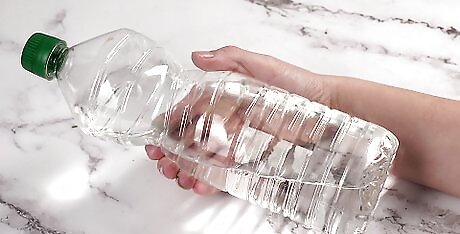
Choose your vinegar. You can use any type of vinegar to clean your stainless steel. This includes white and apple cider vinegar. You can also opt for specially-formulated cleaning vinegar. This is a bit stronger than white or apple cider vinegar, but may work better on tough stains.

Mix equal parts vinegar and water in a spray bottle. Pour one part vinegar and one part distilled water in a clean spray bottle. Use undiluted vinegar for heavy staining or marks. This can ensure you evenly coat your stainless steel for cleaning without oversaturating it. Tap water can leave stains on your stainless steel.

Mist your stainless steel item. Spray the mixture or undiluted vinegar on your stainless steel. Use a gentle mist to start so you clear away most stains. After wiping, you can spray on more vinegar for stubborn stains. Pour 2-3 tablespoons of vinegar onto a microfiber cloth if you don’t want to spray your stainless steel.
Wipe off the vinegar. Let vinegar sit for 10 seconds or longer for tough stains before wiping it off. Use a clean, dry cloth to wipe off excess the vinegar. Make sure to wipe with the grain of the stainless steel to prevent streaking. You can use paper towels, microfiber cloths, and even an old piece of clothing to wipe off vinegar. Make sure they are clean and lint-free to prevent streaking. EXPERT TIP James Sears James Sears House Cleaning Professional James Sears leads the customer happiness team at Neatly, a group of cleaning gurus based in Los Angeles and Orange County, California. James and the team have nine years of experience and offer green cleaning, interior and exterior window washing, and general apartment cleaning services. He provides transformative cleaning experiences by reducing clutter and renewing your home environment. James is a Trustee Scholar at the University of Southern California. James Sears James Sears House Cleaning Professional Gently scrub the surface with a microfiber cloth. After applying white vinegar, lightly scrub the stainless steel with a microfiber cloth to remove dirt or buildup. Another option is rubbing lemon juice or ketchup onto the steel. All of these products work because they are slightly acidic and are also non-toxic.
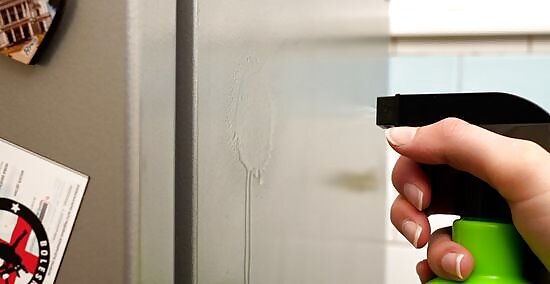
Concentrate additional spray on tough stains. If your first round of cleaning with vinegar didn’t clear away every stain, repeat the procedure. Train the spray on tough stains, allowing the vinegar to sit for a minute. Rub gently until the stain comes out.
Cleansing Stainless Steel with Proper Techniques

Consult product manuals. Some stainless steel items may require special cleaning procedures. Read the owner’s manual to find out if you can use vinegar on the stainless steel. You can also call the manufacturer to ask if vinegar is safe to clean stainless steel.
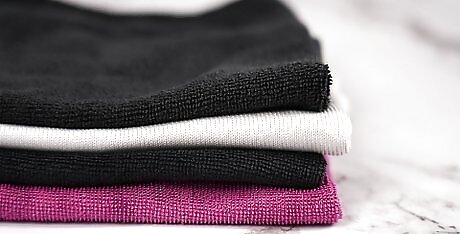
Use clean, lint-free cloths. Clean your stainless steel with clean, lint-free cloths. Use a separate cloth each for the vinegar and oil. This can clean your stainless steel without scratching it or rubbing around any grimes. The following types of cloth are lint-free and can work on your stainless steel: Paper towels Microfiber cloths
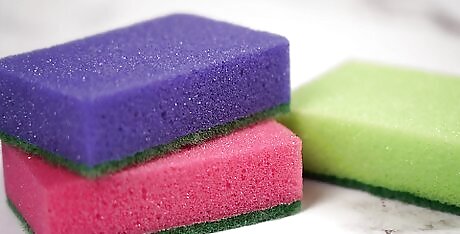
Scrub with a gentle sponge. Stainless steel is delicate and can scratch easily. If you have stubborn stains, use a nylon scrubbing sponge or old toothbrush to remove them. Rub with gentle pressure to prevent scratching of your stainless steel.
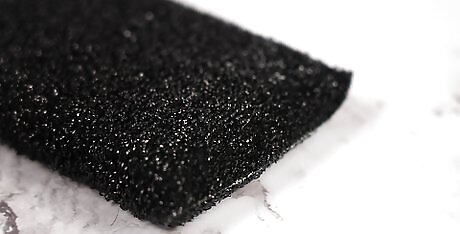
Avoid abrasive cleaning materials. Despite its name, stainless steel can stain. Steer clear of the following things when cleaning your stainless steel to prevent further staining or scratching: Hard water, which can leave brown stains Steel wool Steel brushes
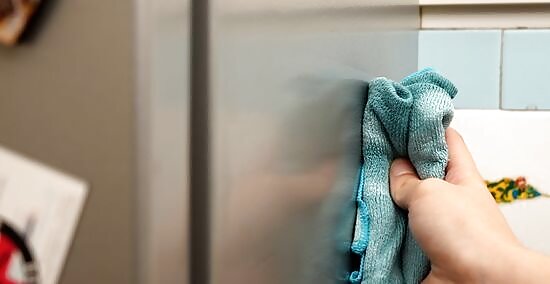
Wipe with the grain. Every stainless steel product has a grain running through it. The grain runs either horizontally or vertically. Examine your stainless steel to find the way the product grain runs. Each time you clean with vinegar or wipe with oil, make sure you’re following the stainless steel’s individual grain.











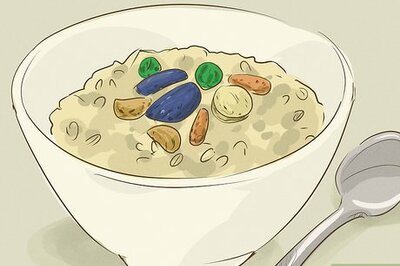



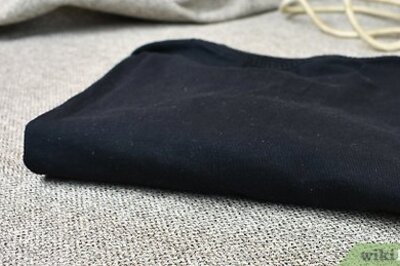
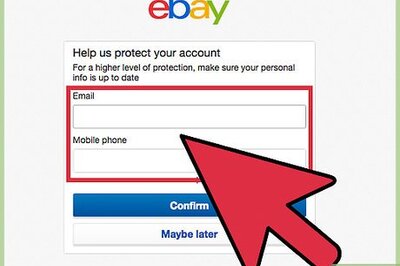


Comments
0 comment